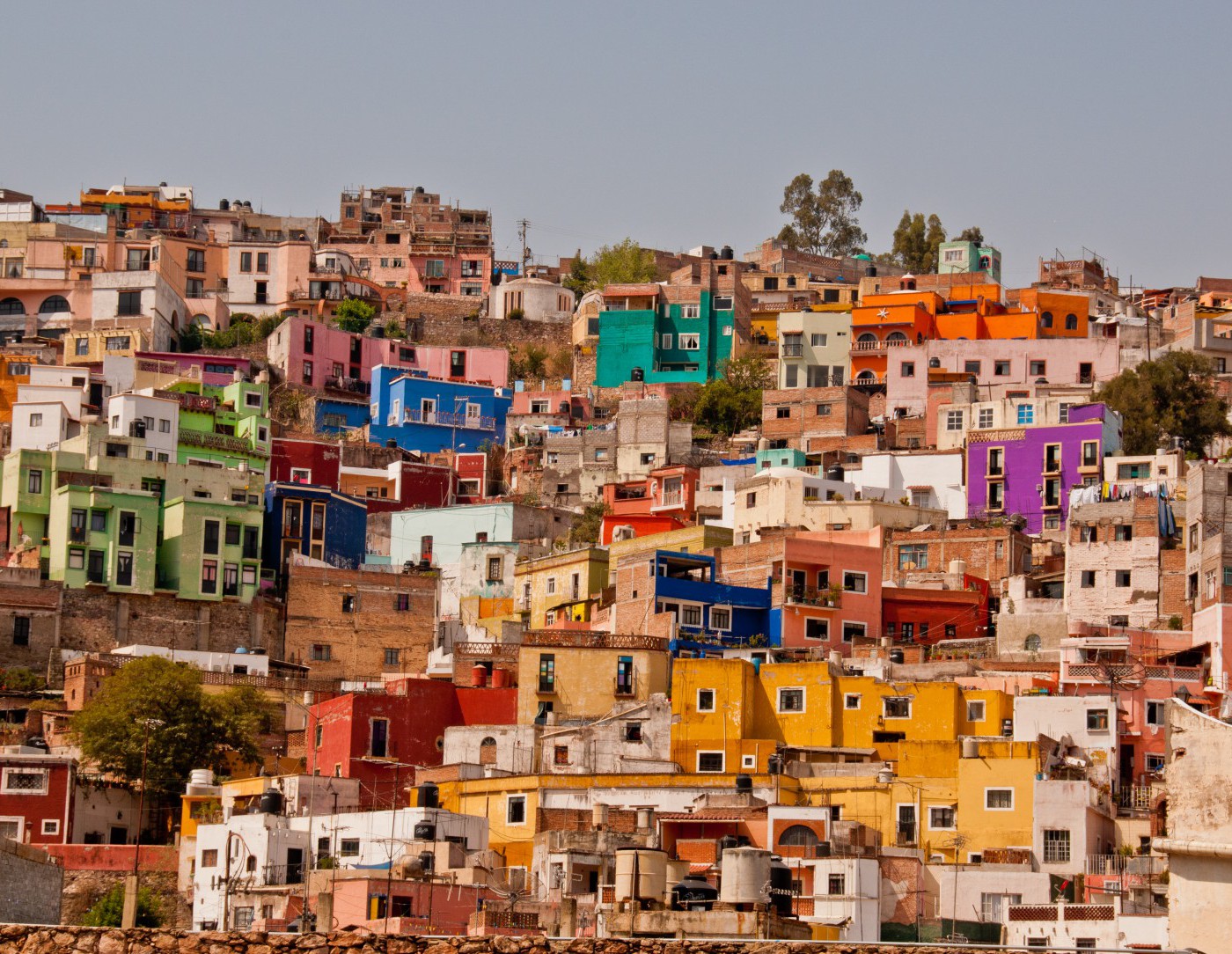Related

Working Paper
/ Mar 21,2014
Global Perspectives on Housing Markets and Policy
by
Stephen Malpezzi

Aug 07,2013
Urban Expansion & Affordable Housing
by
Brandon Fuller
The history of boardinghouses in the United States is an interesting case to consider during the current wave of urbanization. There are lessons that can be applied as new housing arrangements are considered in U.S. and other developed country cities where land values and real estate prices are high. As Ruth Graham writes in the Boston Globe:
But, there are also insights for rapidly urbanizing countries in the developing world that have many parallels today to the U.S. in the 1800s.
Please fill out the information below to receive our e-newsletter(s).
*Indicates required.